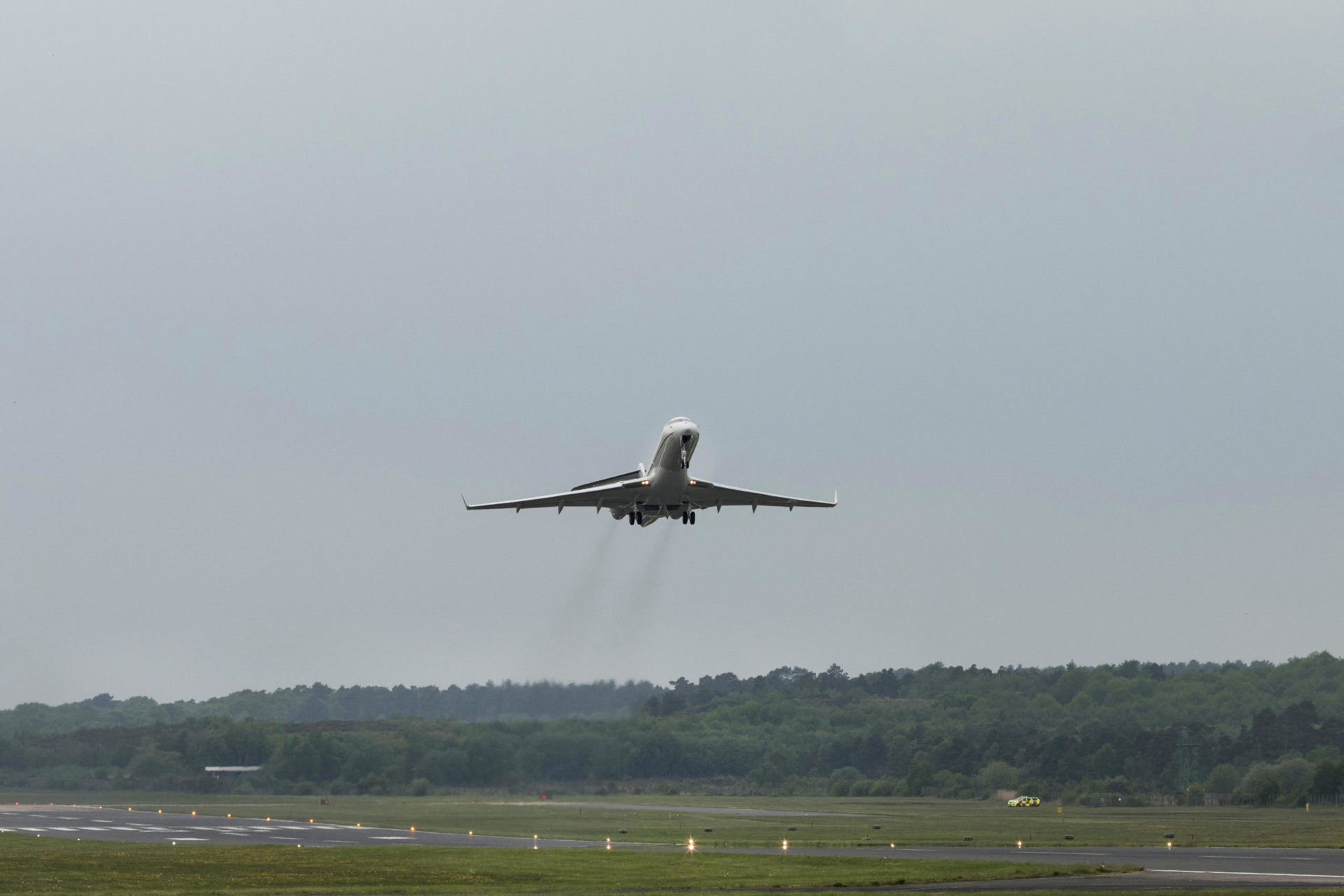EBAA Submitted its Comments on EASA's EASA Focused Consultation of Flight Time Limitations
EBAA has responded to EASA's NPA 2024-106, advocating for realistic FTL rules tailored to business aviation. Key concerns include acclimatisation, standby duty, and preserving operational flexibility without compromising safety. EBAA continues to engage with EASA to shape fair, data-driven fatigue management regulations.
Fatigue management is the cornerstone of aviation safety. No one questions that. However, ensuring that Flight Time Limitations (FTL) regulations are practical and realistic for Business Aviation is a more nuanced challenge. EBAA has submitted comments on the latest FTL proposals, providing detailed feedback on EASA’s consultation on NPA 2024-106 (A) and (B). This effort focused on protecting business aviation operators’ flexibility in their operations while upholding the highest safety standards.
A Balancing Act for Business Aviation
EASA’s proposed changes to FTL regulations impact air taxi, emergency medical services (EMS), and single-pilot commercial operations. While the intent is clear—reducing fatigue-related risks— some of the proposed methods create operational challenges for business aviation. Our industry relies on flexibility, with schedules often shifting to accommodate client demands. A rigid regulatory approach simply won’t work.
One of the key concerns EBAA raised is how the effectiveness of the FTL regulation is measured. EASA proposes evaluating FTL effectiveness based on fatigue reports, unplanned duty exceedances, and the frequency of commander discretion use. Even though these may seem like reasonable metrics at first glance, they fail to capture the complete picture. An operator with a strong reporting culture might generate more fatigue reports than another with a weaker safety culture, even if fatigue risks are lower. Likewise, operational changes are the norm in business aviation, as most flight duty periods do not match their original schedules. That is just the nature of on-demand aviation. Instead of relying on flawed data points, EBAA believes that monitoring of the effectiveness should be based on a scientifically sound study that considers the specific nature of business aviation operations.
Another pressing issue is the need for a more straightforward approach to progressive acclimatisation. How crew members adjust to different time zones is critical for managing fatigue, yet the proposed definitions introduce inconsistencies. The current wording complicates how “acclimatisation” and “reference time” interact, leading to misinterpretations and unnecessary limitations. EBAA has proposed an alternative model that accounts for time zone shifts more realistically and has invited EASA to collaborate on refining the definitions.
Preserving Flexibility Without Compromising Safety
Crews being able to transit through the “home base” without triggering unintended rest requirements is another operational concern for business aviation operators. Long rotations often require crew members to pass through their home base multiple times, but under the proposed rules, each of these transits could lead to unnecessary restrictions. If an operator provides suitable accommodation, the airport should not be considered a “home base” for FTL purposes. This interpretation ensures that scheduling flexibility is preserved without undermining fatigue management principles.
Standby duty rules are also a critical area of concern. EASA’s proposed changes would result in standby hours counting for more duty time, significantly increasing staffing needs for business aviation operators. This could lead to economically unsustainable operations, particularly EMS and organ transportation flights. EBAA strongly opposes the proposed regulation increasing how much standby hours count as duty time and has proposed maintaining the current standby duty conversion while adjusting rates based on response times. This approach ensures fairness while avoiding undue burdens on operators.
Crew positioning is another issue that requires careful consideration. Long-range air taxi operations frequently involve crew swaps at remote locations, requiring crew members to “airline” (travel as passengers) back to their home base. Limiting duty time for such activities adds unnecessary restrictions and fails to recognise that airlining does not present safety of flight risk. EBAA has proposed an exemption from duty limits for crew positioning back to base for extended recovery rest and an increase in time between weekly rest periods—but only for positioning purposes.
Continuing the Conversation with EASA
In addition to the comments submitted to the NPA, EBAA has requested a direct meeting with EASA experts to discuss these issues further and ensure that the final FTL regulations balance fatigue mitigation and operational viability. The business aviation sector requires a regulatory framework that recognises its unique challenges while maintaining the highest safety standards.
We will inform you, our members, of developments as the consultation progresses. If you want to learn more about FTL or contribute to the conversation, please get in touch with Adem Agko.


